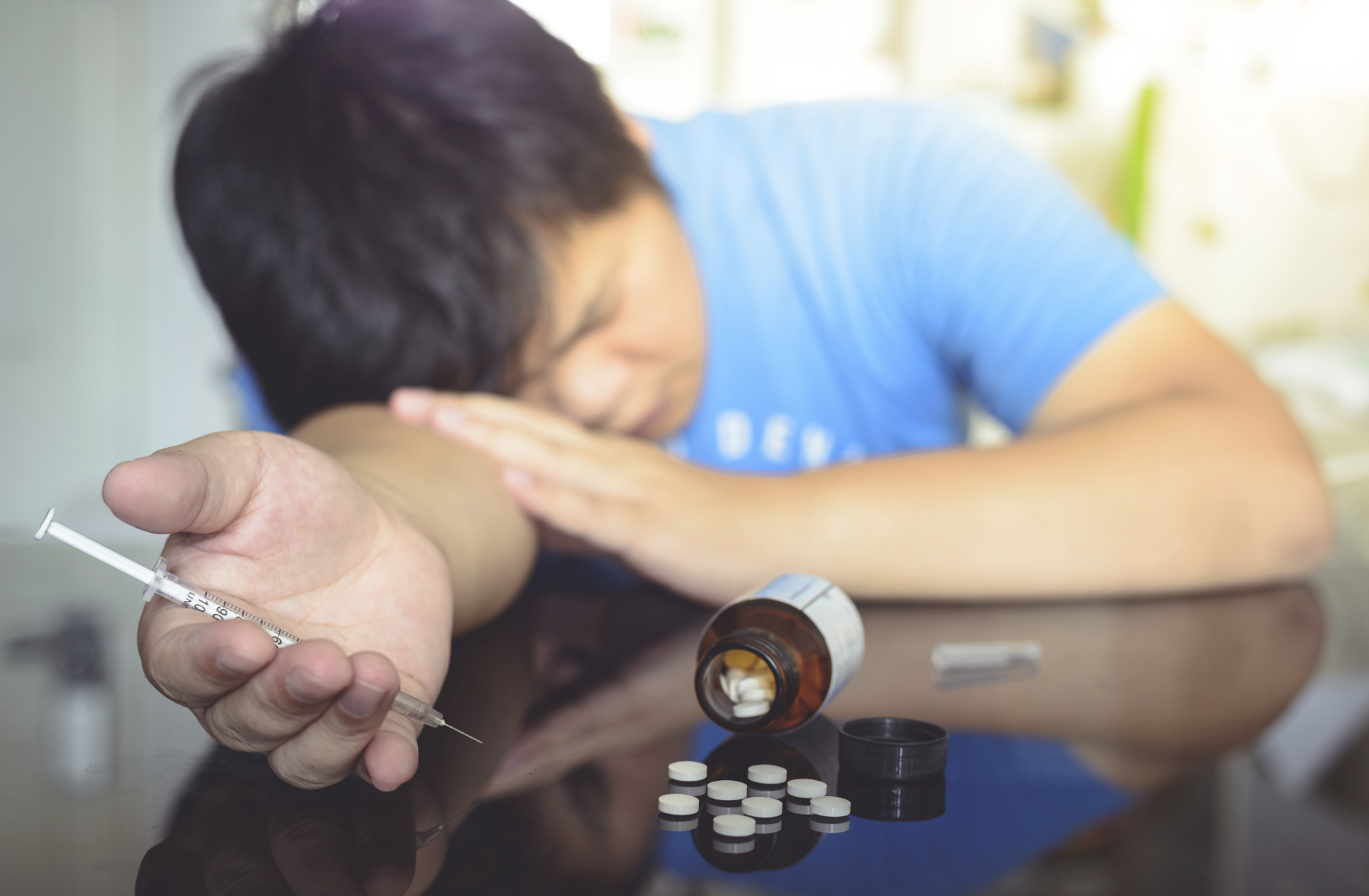We don’t like to mention specific products in this blog, so let’s just say an FDA panel yesterday gave a less-than-stellar review of the benefits of an abuse deterrent product by stating that the benefits of a firms’ long-acting opioid pain reliever no longer outweighed its risk. A crushing blow to the product for certain. However, this “recommendation” also points to a broader problem of drug abuse, the FDA, and the drug approval process. This blogger has written on this topic previously here, here, here, here, and here. The fact that the issue keeps its position in the front and center in my posts is indicative of the concern relative to the potential impact of policy decisions on the treatment options for patients in severe pain, as well as the national debate on drug abuse.
I read one recent Op Ed piece that suggested the indication for treatment of chronic pain should be removed from opioid product’s labeling because there is no empirical evidence that they are effective for such use. Tell that to a terminal cancer patient, or someone who is in intractable long-term pain. Sure, there are iatrogenic addictions that occur for these patients, but should we really care? What is the alternative for some of these individuals? The debate sharpens when the question of drug abuse occurs and prescription drugs are implicated. Most of the abuse is not from patients themselves, but rather from the diversion of legal prescription drugs to the illicit market.
In the latest example noted above, there is evidence that, while the product does reduce the rate of abuse by a nasal route, an increase in intravenous abuse was seen. Hey, wait a minute, this is a prescription drug product that must be prescribed by a physician for a specific patient and for a specific indication. Sure, there are prescribers that abuse their privileges for illicit gain, but why punish patients that really need the drugs or prescribers treat these patients? Why are we not focusing on the distribution system to ebb the flow of these legal products into the illicit market?
Do I think that abuse deterrent products are a good idea? Sure, for patients than may be prone to abuse and could benefit from their characteristics, but in my opinion, not for everyone who needs an opioid for pain relief. First, we have posted about the need to provide the greatest armamentarium of products to healthcare providers to treat pain. It has taken decades to develop acceptable new prescribing protocols and regimens that actually are effective in treating pain, while removing the stigma from pain management specialists that treat those patients. We have written about cost consideration and how such consideration may impact the availability of the drugs for patients in desperate need due to their intractable pain. While I think that FDA is doing a good job in trying to balance the need for impacting the epidemic of drug abuse in this country, the FDA cannot solve the problem by approving abuse deterrent products. Why? Because those products can still be abused simply by taking more of them or by clever abusers that learn how to defeat the abuse deterrent characteristic of the products.
The review and approval process is supposed to yield products for the public that are safe and effective when used in accord with their approved labeled instructions. Layering a look into the approval process as to how products are used by non-patients, abusers, and drug addicts is not really in the statutory mandate of the FDA. Oh sure, one may say that helping to prevent drug abuse is a good public health policy, I don’t disagree with that. But the problem is so much bigger than abuse deterrent products. As we observed what happened when one of the biggest products of abuse was approved in an abuse deterrent formulation, there was a corresponding increase in heroin deaths as abusers turned to street drugs. So, let’s not kid ourselves, drug abuse is a multifactorial problem and we should not lose sight of the patient’s need when making these approval decisions, nor should we think that these approval decisions actually will help the epidemic problem without adequate control of the distribution system and those that have the authority to prescribe these potent drugs. What is the medical creed? “First do no harm”! This must be applicable to the prescribers, as well as the FDA.




